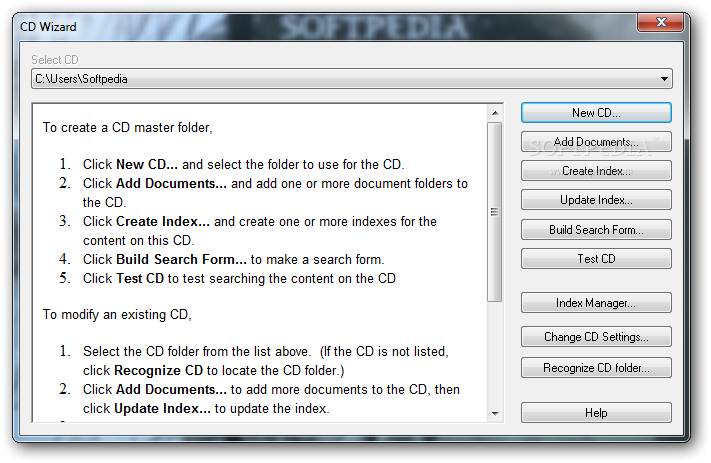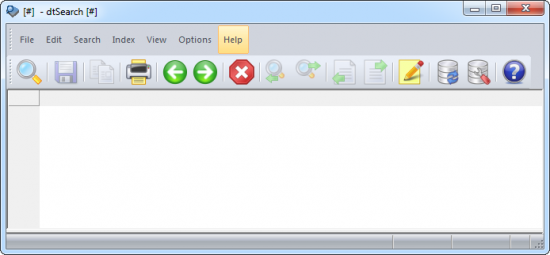
To search without an index, or to search by filename, date, or size, click the More search options tab. button.Ĭlick the Fields button for a list of searchable fields, if you want to limit your search to a particular field. To browse the thesaurus used for synonym searching, click the Thesaurus. To see how stemming, phonic searching, fuzzy searching or wildcards will affect your search, click the Browse Words button. Synonym searching tells dtSearch to use a thesaurus to automatically expand a search to include synonyms or related concepts, including three optional levels. A search for alphabet with a fuzziness of 1 would find alphaqet with a fuzziness of 4, it would find both alphaqet and alpkaqet. Fuzziness adjusts from 1 to 10 depending on the degree of misspellings. Phonic searching finds words that sound similar to words in your request, like Smith and Smythe.įuzzy searching sifts through scanning and typographical errors. For example, with stemming enabled a search for applies would also find apply, applying or applied. Stemming searches other grammatical forms of the words in your search request. See dtSearch search syntax for more search operators. You can use variable term weighting in a search request to weigh some words more heavily than others in ranking search results. For example, apple and pear or orange juice could mean (apple and pear) or orange, or it could mean apple and (pear or orange). If you use more than one connector, use parentheses to indicate precisely what you want to search for. Examples:Īpple must occur, but not within 5 words of pear Examples:Īll words: like an "any words" search except that all of the words in the search request must be present for a document to be retrieved.īoolean search: a group of words, phrases, or macros linked by connectors such as AND and OR that indicate the relationship between them. Search TypesĪny words: use quotation marks around phrases, put + (plus) in front of any word or phrase that is required, and - (minus) in front of a word or phrase to exclude it. Select any items under Search features (such as fuzzy searching) that you want to use.Ĥ. If more than one index is selected for searching, you can select the index to display in the word list by clicking the down arrow above the word list.ģ. The top left of the dialog box shows a list of the words in the currently selected index. The top right of the dialog box shows a list of the indexes you have created select one or more to search. Click the Search button on the dtSearch button bar, or press Ctrl-S, to open the Search dialog box.

For a complete list of the file formats that dtSearch supports, see Supported File Types.ġ. Click Start Indexing to begin adding documents to your index.ĭtSearch automatically recognizes popular file types. to index a site using the dtSearch Spider.Ħ. to add a folder to the list of folders to index.ĥ.
#Dtsearch update
Click Yes to go to the Update Index dialog box.Ĥ. dtSearch will ask if you want to add documents to the index. In the Create index dialog box, enter a name for the index and click OK.ģ. Choose Create Index from the Index menu.Ģ. Once the index is built, dtSearch can use it to search your documents quickly. To get started with dtSearch, the first step is to build an index of your documents.


Optimizing indexing of large document collections Welcome/Introduction: dtSearch Desktop/Network


 0 kommentar(er)
0 kommentar(er)
